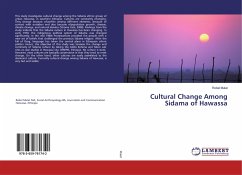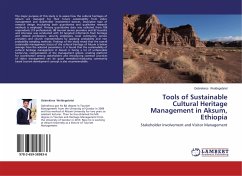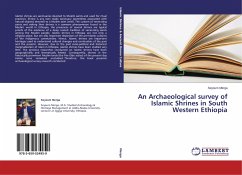The tradition of building of megalith has a long history and has been distributed in different parts of the world. The megaliths were used as territorial markers and in most part of Africa megalithic sites are associated with burial. In Southern Ethiopia This ethnoarchaeological study on the living megalithic tradition is carried out in three woredas of Hadiya Zone, in southern Ethiopia. Practice of erecting megalithic monument has been associated with Muslim communities. Totally nineteen living megalithic traditions have been included and the living megalithic is further classified into stelae and stone circle. The Stelae are anthropomorphic, phallic, figurative and monolithic types of stelea have been identified in the study area. The megaliths are built for memorizing the dead; it represents the economic status, and religion of the deceased.








